|
Opposition! What a word, for Mars observers. Earth is directly between Mars and the Sun in exactly one week, and it's in a part of Mars's orbit that takes it especially close to our planet. We won't get a view like this for 15 years or so, and we haven't had one like it since 2003. Technically, Mars was a little closer in 2018, but as I recall it didn't get very high above the horizon then for Northern Hemisphere observers, and a global dust storm - more likely when Mars is relatively close to the Sun - thoroughly spoiled the view. At the time, my telescopes showed only a fuzzy orange ball, with just the faintest hint of dark albedo features (and that was probably my imagination). I resolved then to be ready for 2020, and I certainly have been. This week, I explored the planet with my Takahashi FC-100DC and APM 140, and wow: what a view. I should begin by saying that I also observed Mars in single-digit (Celsius!) weather on the morning of September 22nd, but also the seeing was forecast to be average, the transparency of the atmosphere left much to be desired. There were odd halos around everything: street lamps, the Moon, and certainly Mars. I could only make out four stars in the Trapezium with the APM, and albedo features didn't pop on Mars as they can when the atmosphere is stable and clear. When the sky cleared again on October 4th, I decided to take my 4" Takahashi to the field. Mars rises early enough now for me to step out in the late evening - just before midnight - which typically allows me to sleep more restfully (albeit still for only four or so hours). This time, transparency was a whole lot better, but seeing was about the same: not terrible, but by no means good. Albedo features were stark and obvious on the planet, however, and I wished I'd taken a sketch pad. I was unhappy with the iPhone drawings I attempted to take on other nights, so I opted not to draw one of those - maybe a mistake, but it did give me more time to drink in the view at the eyepiece. The Moon had a hint of that "watery" look it can take on when the seeing is mediocre, but still: I had a nice long look at Mare Crisium at lunar sunset. Jupiter and Saturn had long since set, and I had a pang of sadness: I'm unlikely to observe them for a good long while. Mars will make up for it! Then, tonight, the seeing promised to be above average. I'd hoped to observe in the evening again, but unexpected clouds ruined that plan. By 3 AM the sky had cleared, and out I walked with my APM 140. To my alarm, Mars was already lower in the sky than I'd anticipated, and I feared it would be lower still by the time I arrived in my preferred observing site. I hadn't walked far when I noticed a dark alcove beside a church I frequent, and it occurred to me that it would afford a great view of the southern sky. So, I abandoned the field I normally visit for that alcove: a high risk gambit, since the field is a sure thing and it seemed entirely possible that there might be currents from nearby buildings to ruin this spot. Worse: the church is right next to the National Cathedral, and I worried: could security kick me from the grounds? But no, this time it all worked out. I found a nice corner to settle down, and when I turned the APM to Mars it was full of wonderful detail. The entire southern hemisphere of the planet seemed dark, relative to the rest, with spectacular, linear features that helped me realize how nineteenth-century observers could have imagined a network of canals on the planet. The south polar cap was remarkably bright and clearly defined, and I could just - just - make out the white clouds of the north polar hood on the limb of the planet. Mars reaches its closet approach to Earth next Tuesday at 10 AM EST: a scant 62,069,570 kilometers (by astronomical standards, a stone's throw). It was quite strange to see the planet so big and bright, entirely illuminated by the Sun. I felt it was almost too bright for the APM, strangely enough, at least at 217x (the highest magnification I felt I could use with a manual mount). Still: what an unforgettable view. The waning Moon was nearly at zenith, and in good seeing it also provided a spectacular view. Yet because I wanted to keep switching to Mars, I didn't adjust the height of the tripod - and that made for a very uncomfortable lunar viewing experience (painful, in fact, because of a worsening neck and back injury). I captured some quick pictures without being able to fully stabilize my old phone, and they actually turned out a bit better than I'd hoped. A testament to the capabilities of the APM in an accommodating atmosphere.
By next week we will be on the downswing of this year's opposition, and it already saddens me to think how long it will be before we have a similar view. What will the world look like then? With how quickly things seem to be changing - often, it appears, for the worse - it seems impossible to guess. With any luck, I'll still have this blog - and I'll still have a telescope as good as the APM 140.
0 Comments
Leave a Reply. |
Archives
March 2024
Categories
All
|

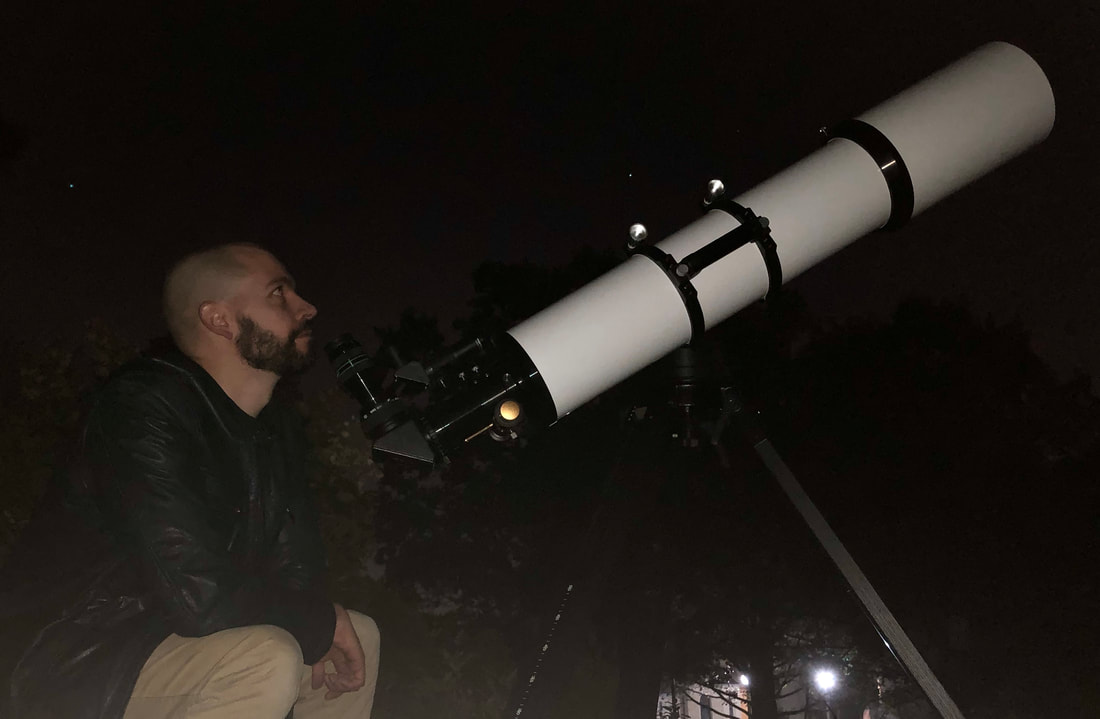
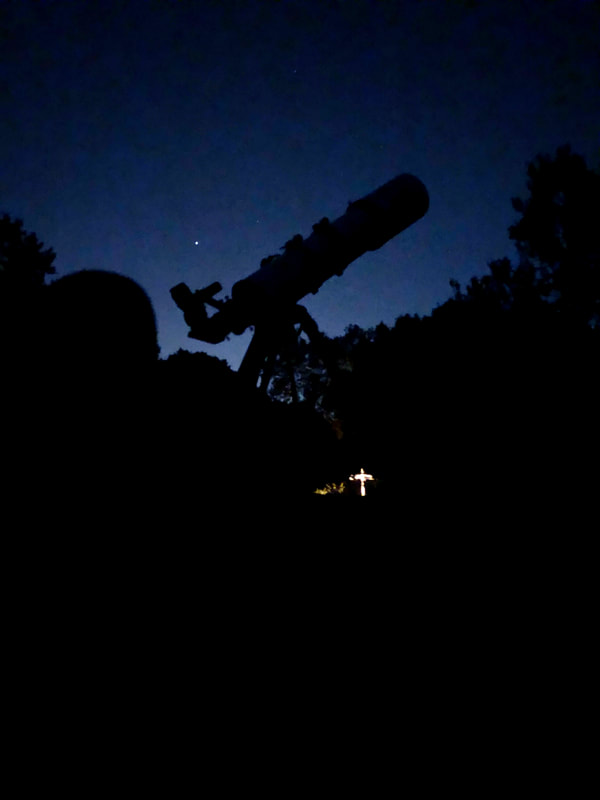
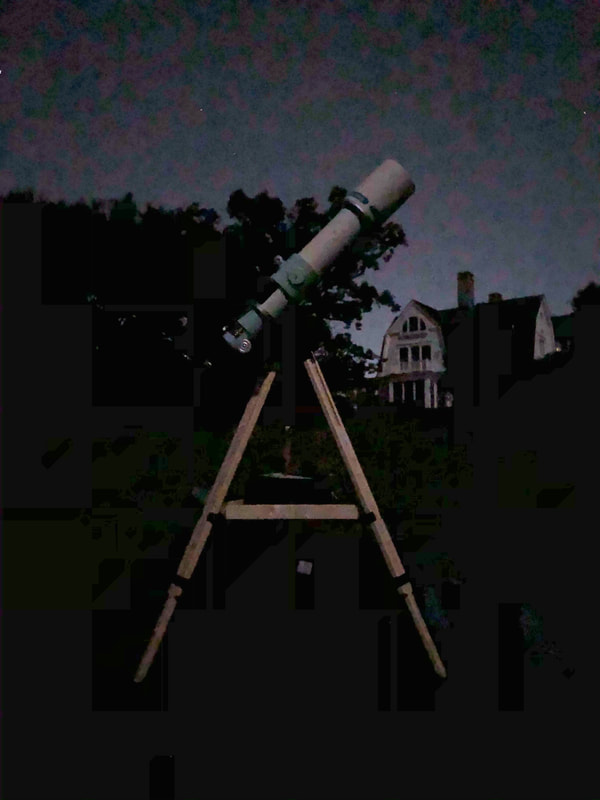
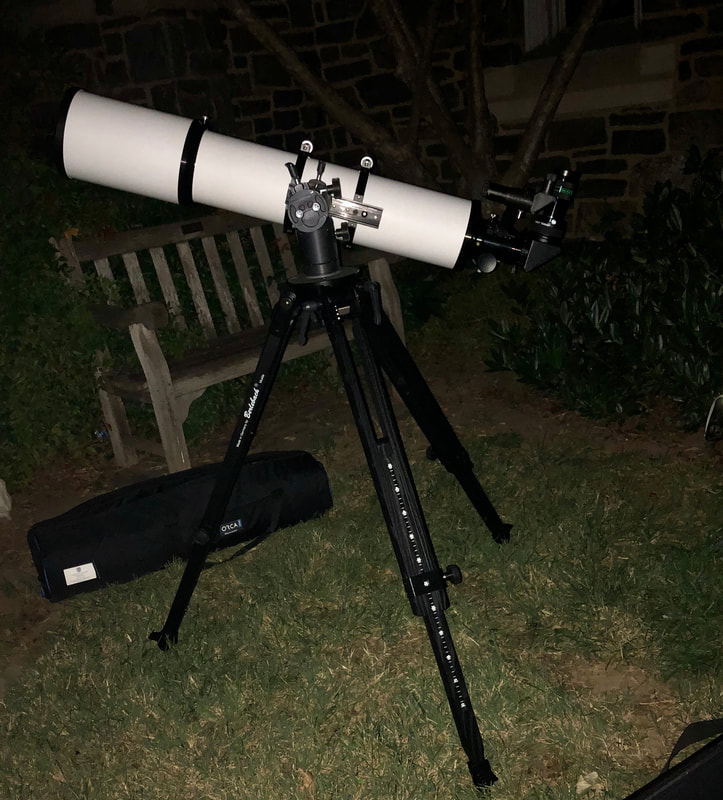
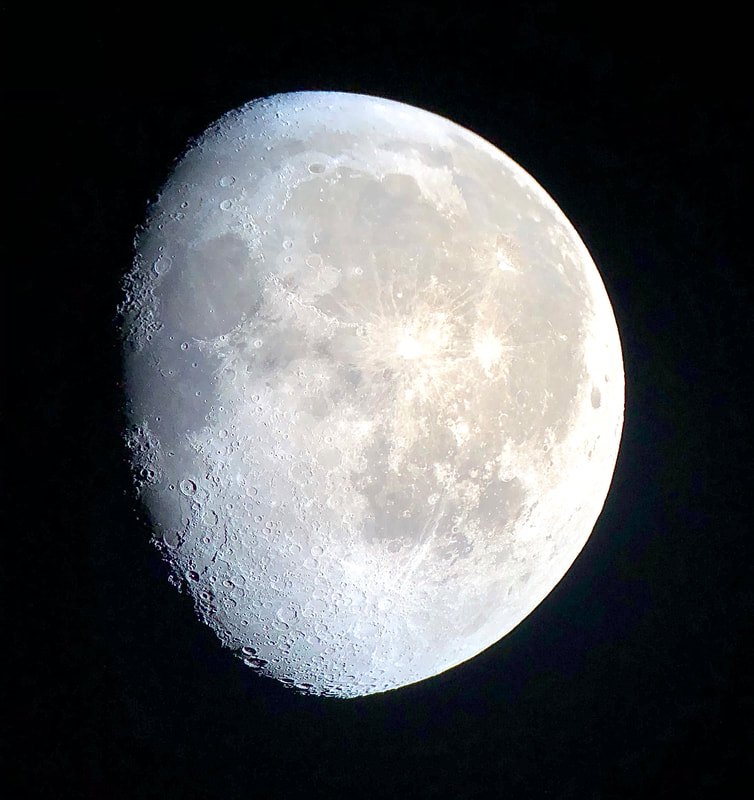

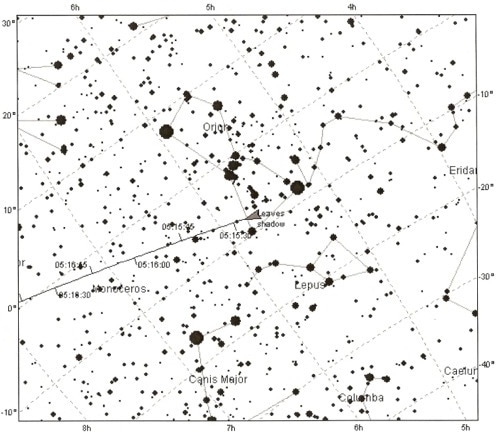
 RSS Feed
RSS Feed